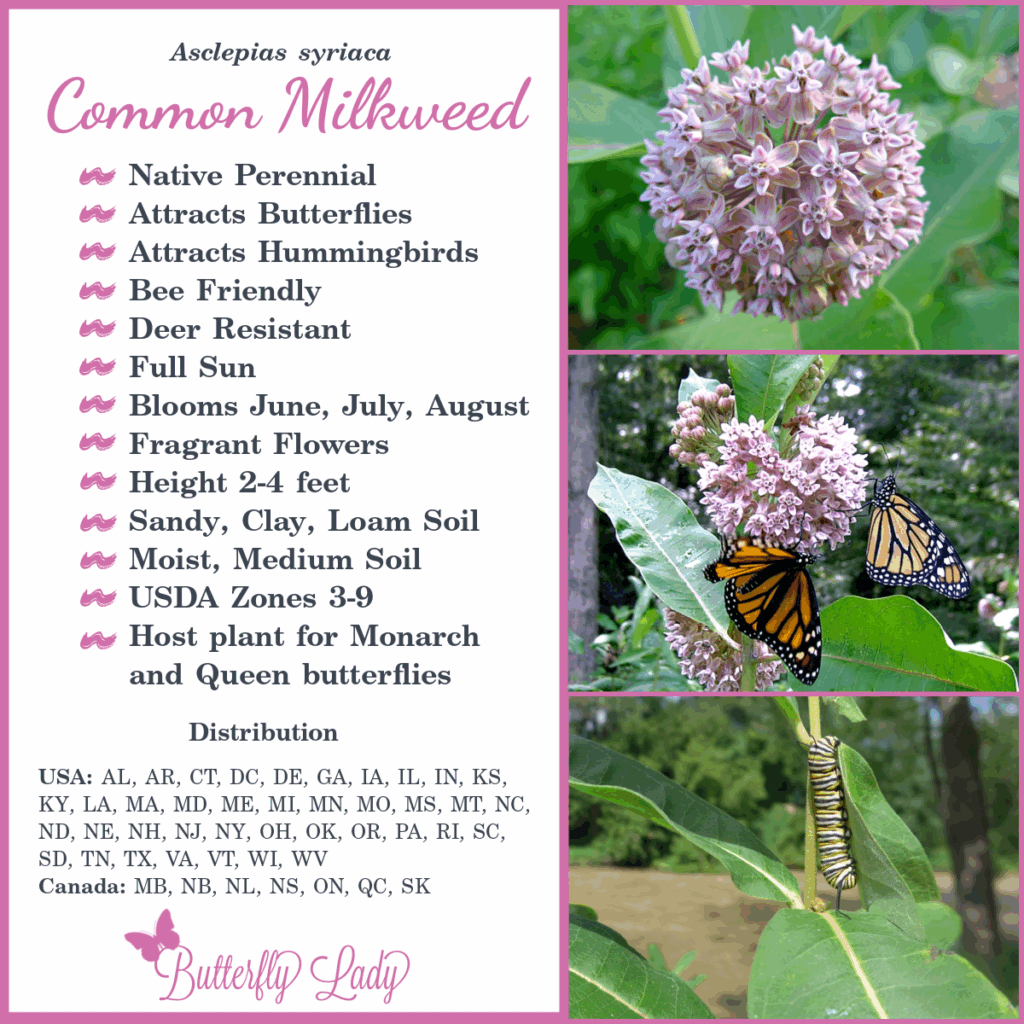One of the most cherished members of the milkweed family, Asclepias syriaca, commonly known as common milkweed, holds a special place in the hearts of many plant enthusiasts including mine. This resilient perennial plant is native to North America and can often be seen gracing the fields, roadsides, and gardens with its lush green foliage and clusters of fragrant pink flowers.

I truly enjoy strolling through a field of blooming common milkweed. The fragrance of its flowers is captivating, drawing in not just monarch butterflies but also attracting a myriad of pollinators, including bees, butterflies, and hummingbirds, and an abundance of fascinating insects.
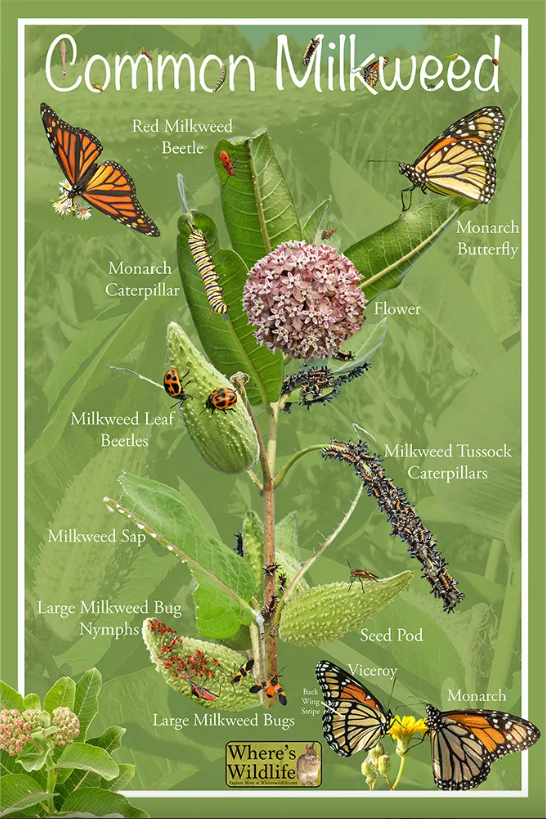
Common milkweed can grow up to six feet tall, showcasing broad, oblong leaves that are arranged in pairs along the stem. The plant’s most striking feature is its spherical clusters of pinkish-purple flowers that bloom from late spring to early summer. Each flower is a masterpiece of nature.
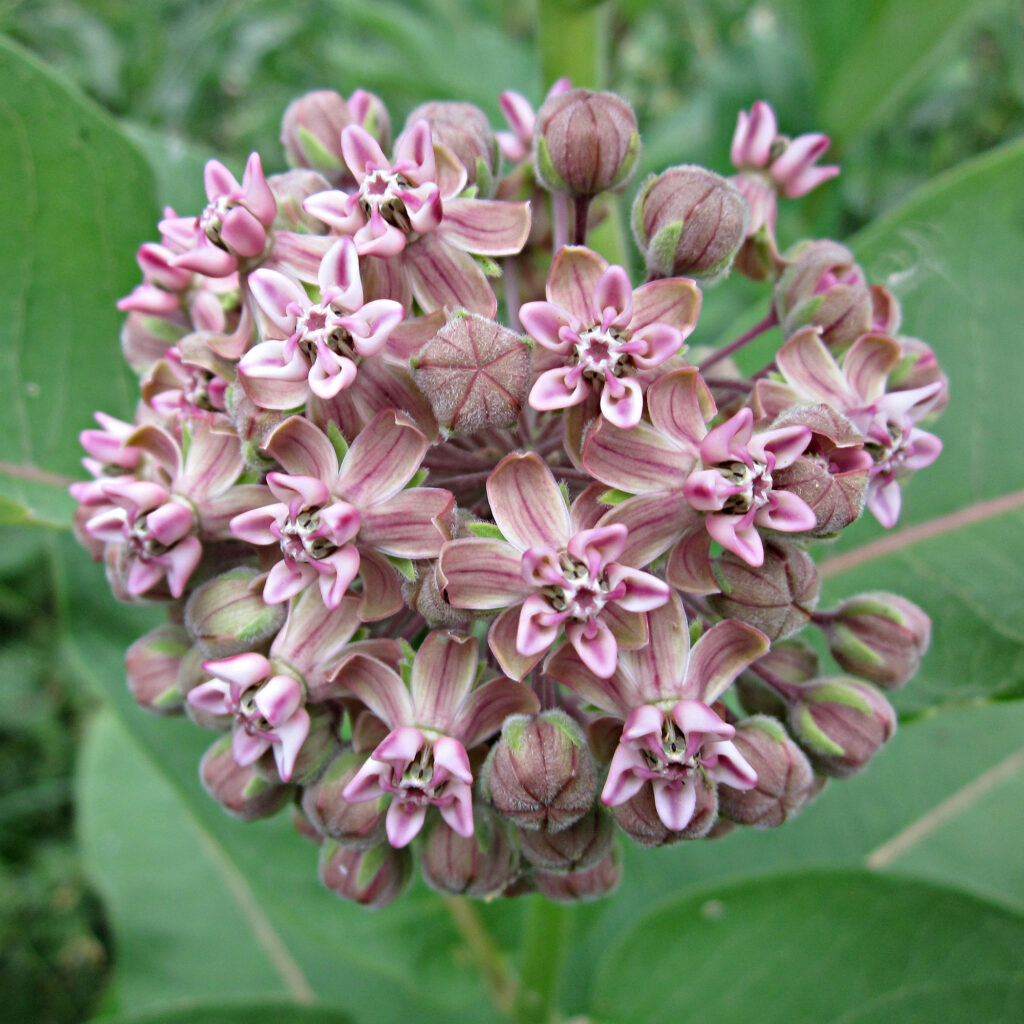
One of the most significant roles of Asclepias syriaca is its relationship with the monarch butterfly. Monarchs rely on milkweed species for their life cycle, using the plant as a host for laying eggs. The caterpillars then feed exclusively on milkweed leaves, which provide them with the necessary nutrients and toxins to deter predators. This symbiotic relationship highlights the critical role of common milkweed in supporting monarch populations.

Asclepias syriaca offers numerous benefits when planted, both environmentally and ecologically. Here are a few key highlights:
Provides a Host Plant for Monarch Caterpillars
One of the most compelling reasons to plant milkweed is to support monarch butterflies, whose populations have declined by over 90% in recent decades. Monarchs lay their eggs exclusively on this plant, and their caterpillars rely on its leaves as their only food source. Without milkweed, monarch populations would collapse.
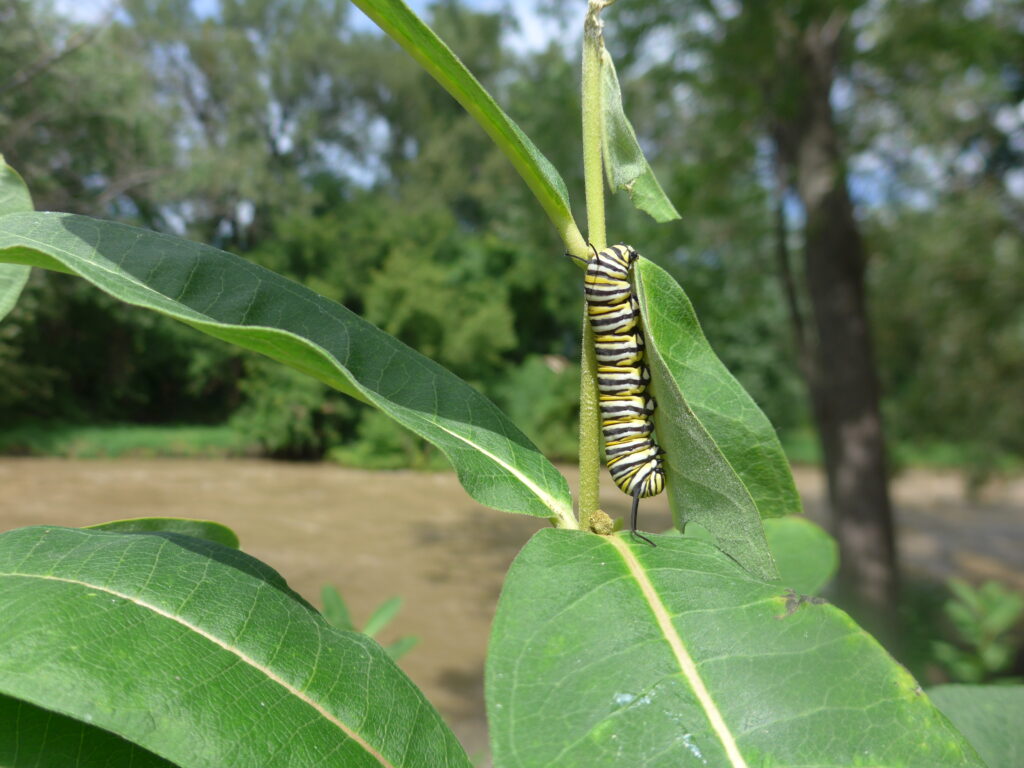
Milkweed flowers provide essential nectar for adult monarch butterflies, fueling them for reproduction and long migrations.
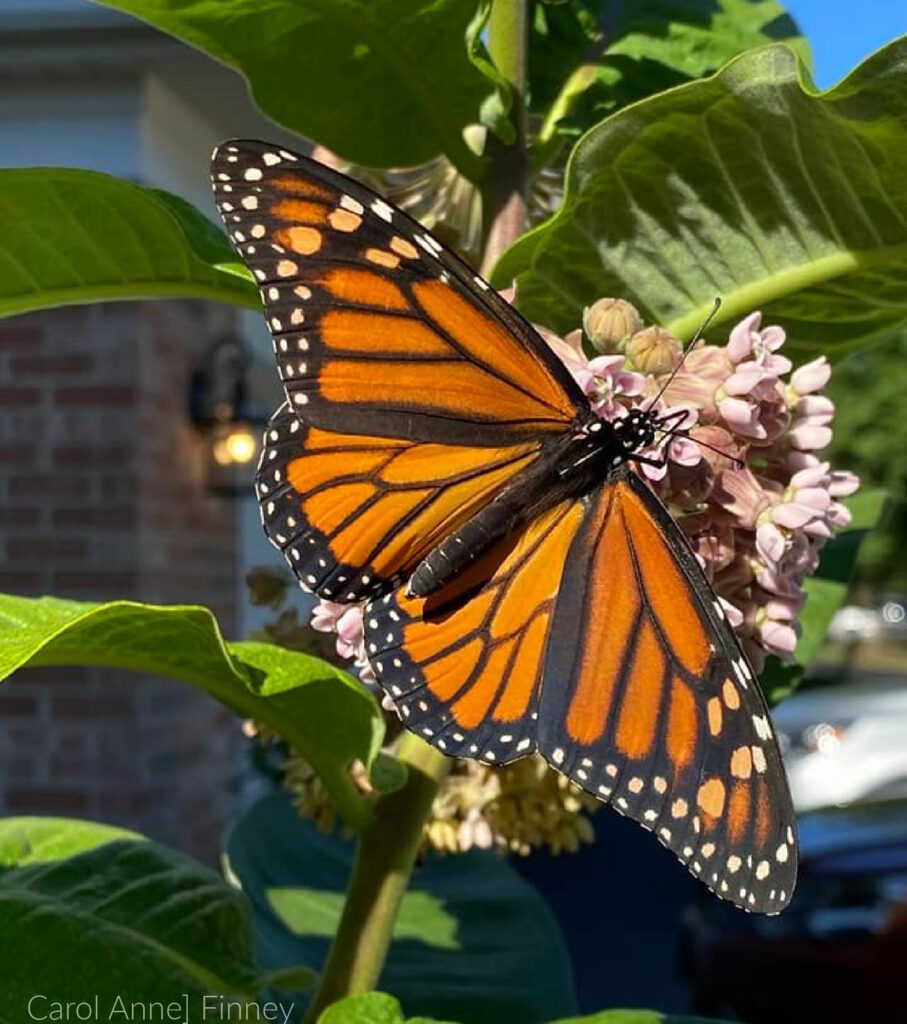
Read more about the important symbiotic relationship between monarchs and milkweed here: http://butterfly-lady.com/monarchs-and-milkweed/
Supports Pollinators
Milkweed isn’t just for monarchs—it’s a pollinator powerhouse. Its flowers produce abundant nectar, attracting not just monarchs but also native bees, honey bees, hummingbirds, and other butterfly species. This nectar sustains pollinators throughout the growing season, supporting biodiversity. By planting milkweed, you create a food-rich habitat, ensuring a steady supply of nourishment for wildlife in your garden or natural landscape.
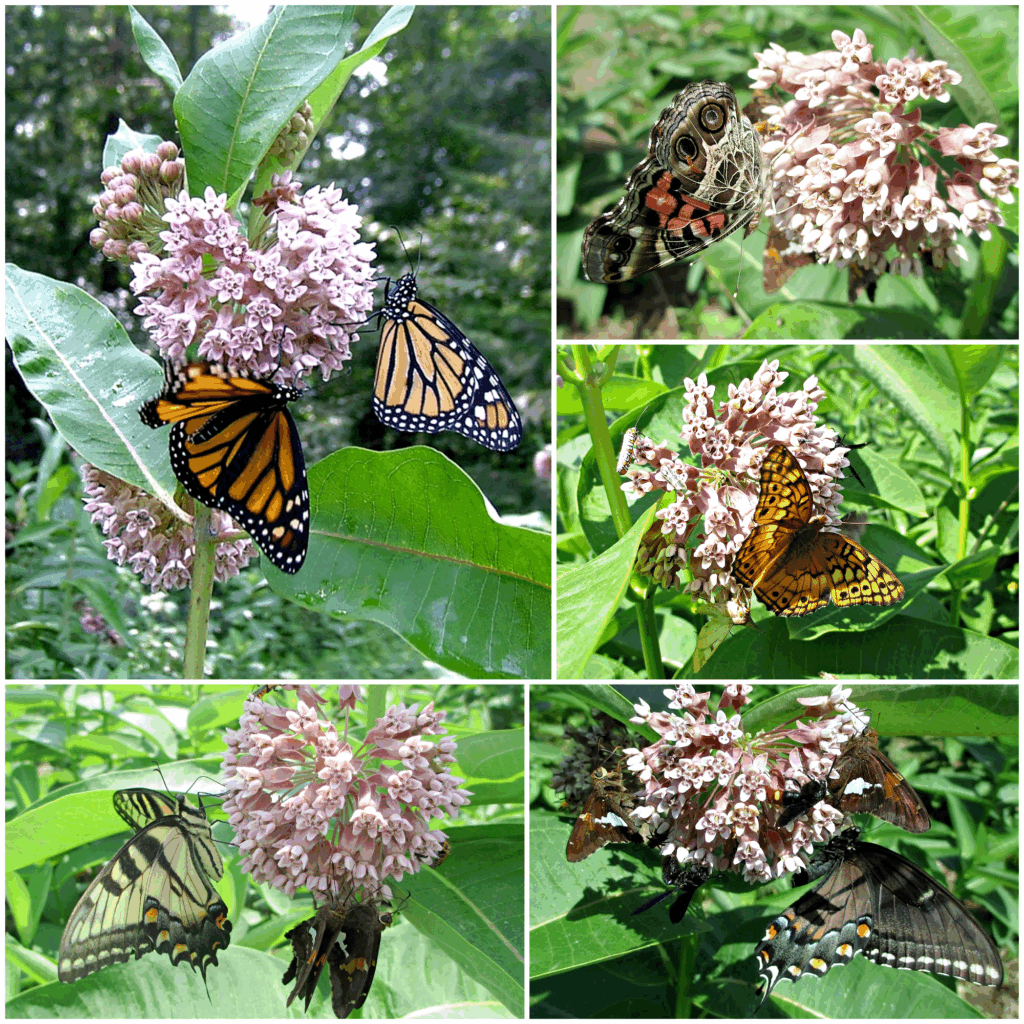
Promotes Biodiversity
A milkweed patch can turn into a bustling hub of biodiversity, supporting various insects and contributing to a healthier ecosystem. A milkweed patch is far more than a pretty corner of the garden—it’s a living, breathing hub of biodiversity. Once established, it becomes a magnet for life, drawing in a vibrant cast of pollinators, predators, and herbivores alike.
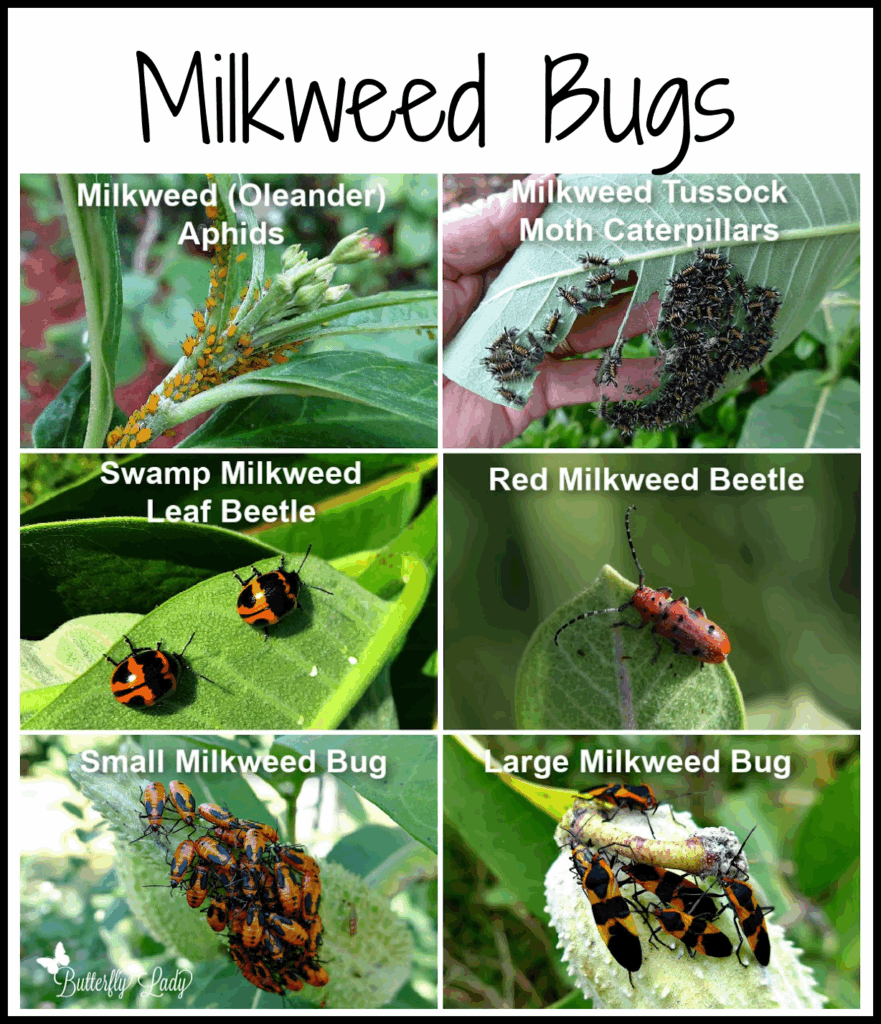
Low Maintenance
Once established, milkweed is hardy and drought-tolerant, making it an excellent choice for gardeners looking for a low-maintenance plant. It thrives in poor soils without the need for fertilizers or constant attention. This resilience makes it a perfect addition for those wanting a lush garden without the hassle.
Improves Soil Health
Its deep roots help prevent soil erosion and improve soil aeration. Additionally, it can adapt to different soil types, from sandy to clay-rich soils.
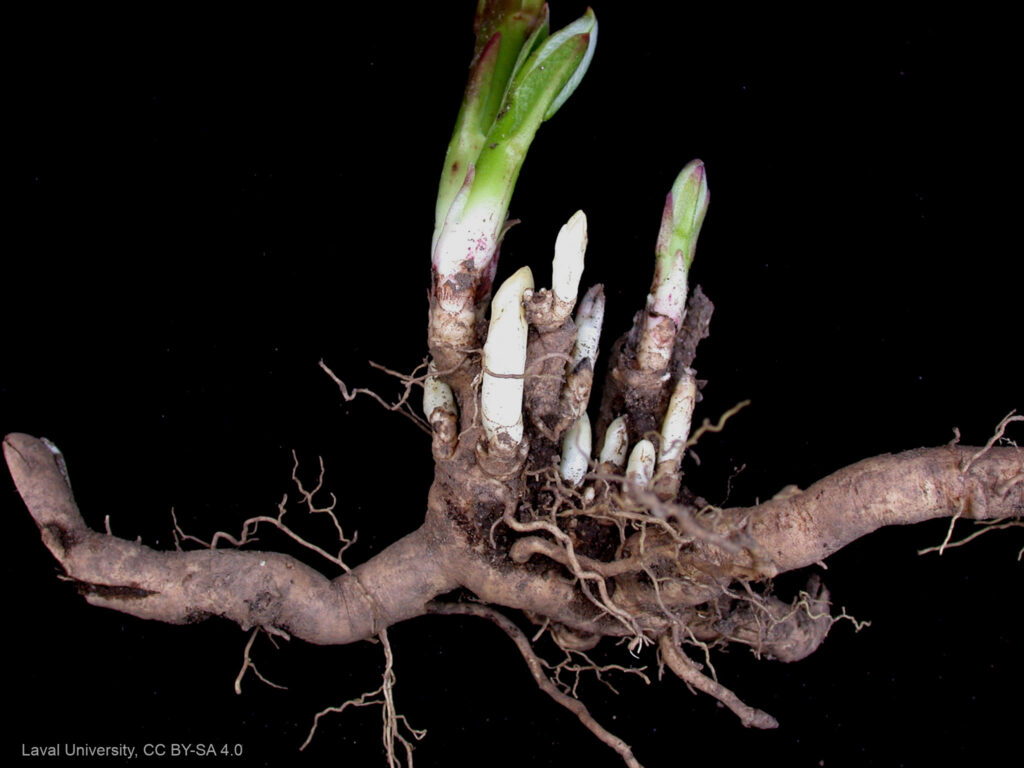
Beautiful Blooms
With its fragrant pink or purplish flowers, milkweed adds a lovely aesthetic touch to your garden or landscape. Their star-shaped clusters, tinged with soft pinks and purples, lend a touch of enchantment to any garden. These blooms are as alluring to the nose as they are to the eye, releasing a gentle fragrance that drifts through the warm summer air. Milkweed doesn’t just beautify a space—it transforms it, turning the ordinary into something quietly magical. 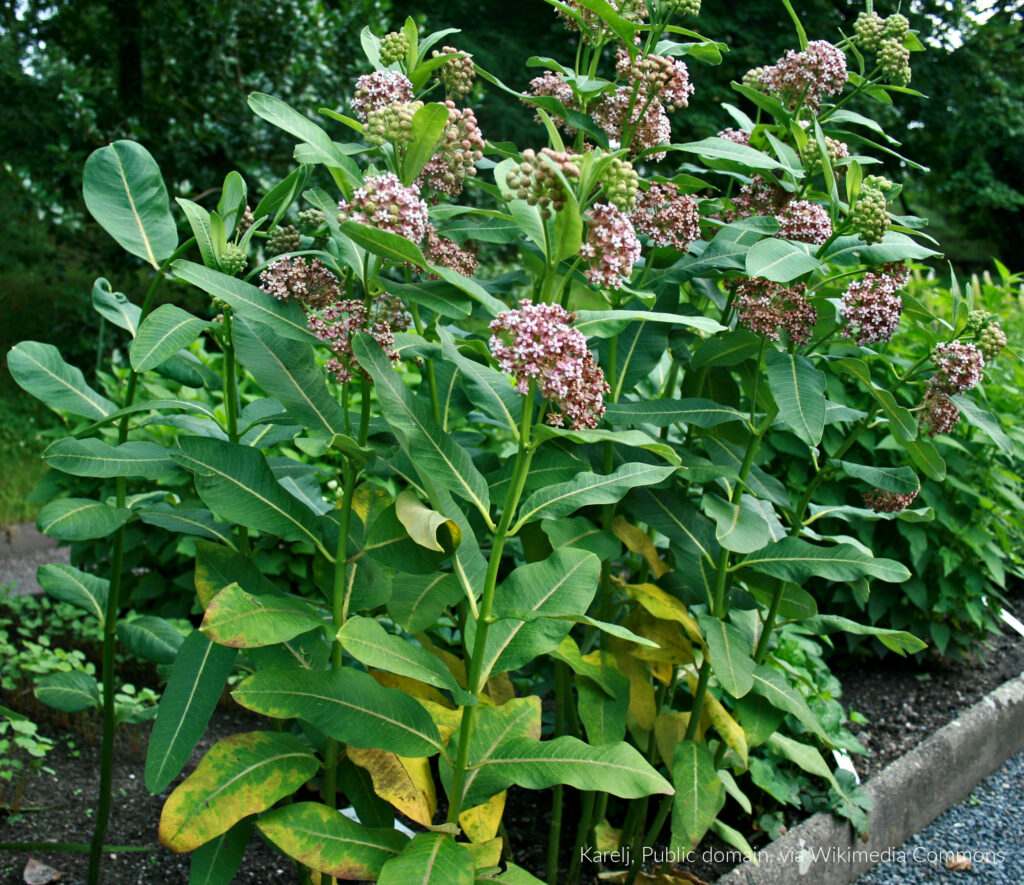
If you’re interested in creating a pollinator-friendly garden or contributing to monarch conservation efforts, planting Asclepias syriaca is a wonderful step forward.
